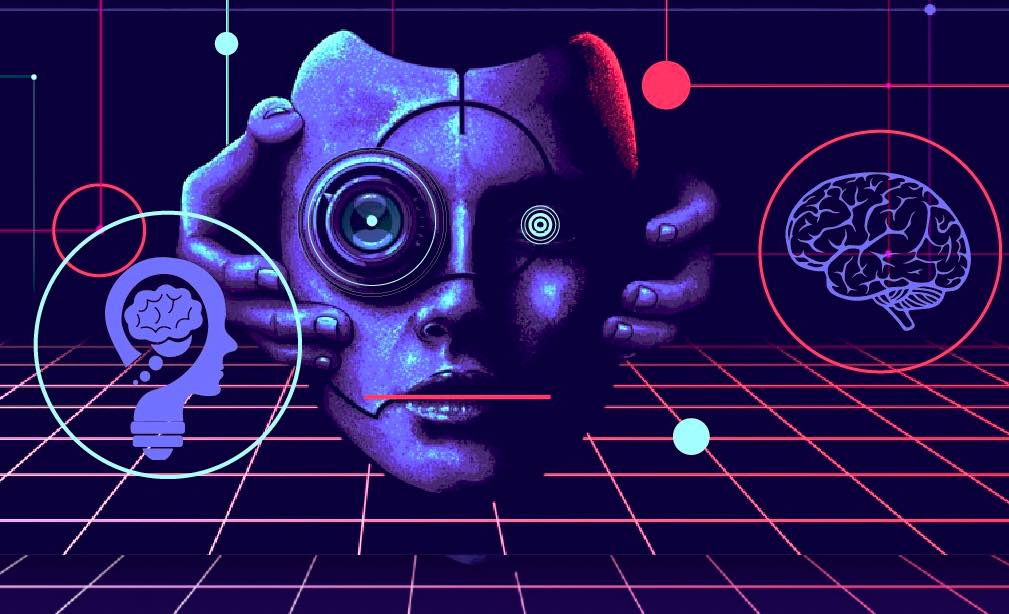 Computer Vision (CV) is expanding quickly, focusing on how well robots can interpret and comprehend visual data from our environment. It entails teaching computers how to recognize, interpret, and evaluate visual input in order to make judgments. Because of the growing amount of visual data produced by various devices like cameras, sensors, and drones in recent years, computer vision has become increasingly important. Its capabilities are highly anticipated as it is developing. Many think it has the potential to change a number of industries, including self-driving vehicles and healthcare. People frequently anticipate flawless object identification, the ability to recognize emotions, and the capacity to foresee the future in terms of a CV.
Computer Vision (CV) is expanding quickly, focusing on how well robots can interpret and comprehend visual data from our environment. It entails teaching computers how to recognize, interpret, and evaluate visual input in order to make judgments. Because of the growing amount of visual data produced by various devices like cameras, sensors, and drones in recent years, computer vision has become increasingly important. Its capabilities are highly anticipated as it is developing. Many think it has the potential to change a number of industries, including self-driving vehicles and healthcare. People frequently anticipate flawless object identification, the ability to recognize emotions, and the capacity to foresee the future in terms of a CV.
Let’s delve into the gap between what companies expect from machine vision technology and what it can actually deliver.
Expectation: Capable of perfect object recognition
Reality:
Even though CV has advanced significantly in recent years, precise object detection remains a big hurdle. Complex pictures, partial occlusions, and various lighting conditions are a few things that might make this difficult. While many of these problems may be handled by CV algorithms, they are not yet able to recognize objects perfectly in all situations.
Expectation: Easy implementation
Reality:
Implementing computer vision systems is a complex process that requires a range of skills, including machine learning, computer programming, and image processing. It can be a time-consuming and challenging process, particularly for those without the necessary expertise. While there are tools available to simplify the process, the complexity of CV systems means that it is still a challenging task.
Expectation: Robustness to changes in the environment
Reality:
Although computer vision software can adapt to environmental changes, it could struggle with wholly unique or unexpected scenarios. An image may also be slightly altered by adversarial attacks to cause misclassification, leaving the system vulnerable to manipulation. Resilient systems require substantial development, testing, and updating on a frequent basis to keep up with changing conditions.
Expectation: Human-like visual understanding
Reality:
Computer vision has made significant strides, but it still falls short of human-like visual understanding. Humans can quickly and accurately recognize objects and scenes in various contexts, while CV algorithms may struggle with more complex scenarios. Advancements in deep learning have enabled these systems to better understand natural language, but more work needs to be done to achieve human-like visual understanding.
Expectation: Improved accuracy with larger datasets and more advanced algorithms
Reality:
While larger datasets and advanced algorithms can improve the accuracy of computer vision systems, there is a point of diminishing returns. More advanced algorithms may require significantly more resources and computing power to train and deploy. Additionally, the quality and relevance of the dataset can significantly impact the accuracy of CV systems, meaning that increasing the size of the dataset is not always the best approach to improve accuracy.
Future Outlook
The future of computer vision appears promising, as there are possibilities for advancements in object detection, real-time processing, and human-like visual comprehension. Ongoing research in deep learning and neural networks holds the potential for developing more precise and reliable computer vision services. Furthermore, advancements in technology, such as faster and more powerful GPUs, have the potential to enable real-time monitoring and recognition of objects in complex environments. These advancements are not limited to the USA but are also spreading worldwide.
Nonetheless, it’s crucial to establish reasonable expectations and be aware of the technological constraints. While it has come a long way, it is still not always able to achieve flawless object identification or human-like visual comprehension. Concerns exist over possible technological abuse as well as its effects on security and privacy.
As a result, it’s crucial to approach CV technology from a balanced angle, cognizant of both its advantages and disadvantages. By doing this, we can ensure that these technologies are developed and deployed responsibly while still advancing innovation and advancement.
Conclusion
While CV technology has made significant advancements, it still has limitations and potential errors. It is crucial to maintain realistic expectations and continue investing in research to enhance its accuracy and reliability. When engaging custom computer vision software development services, both consumers and businesses should thoroughly assess the technology and ensure transparency regarding its capabilities and potential biases. Responsible and ethical use of the technology is vital for driving progress in various industries while avoiding unintended negative consequences. Ultimately, by approaching CV with careful consideration and informed judgment, we can harness its benefits while mitigating limitations and risks. By setting realistic expectations and fostering ongoing innovation, we can ensure that computer vision technology continues to improve and positively impact society in numerous ways.







